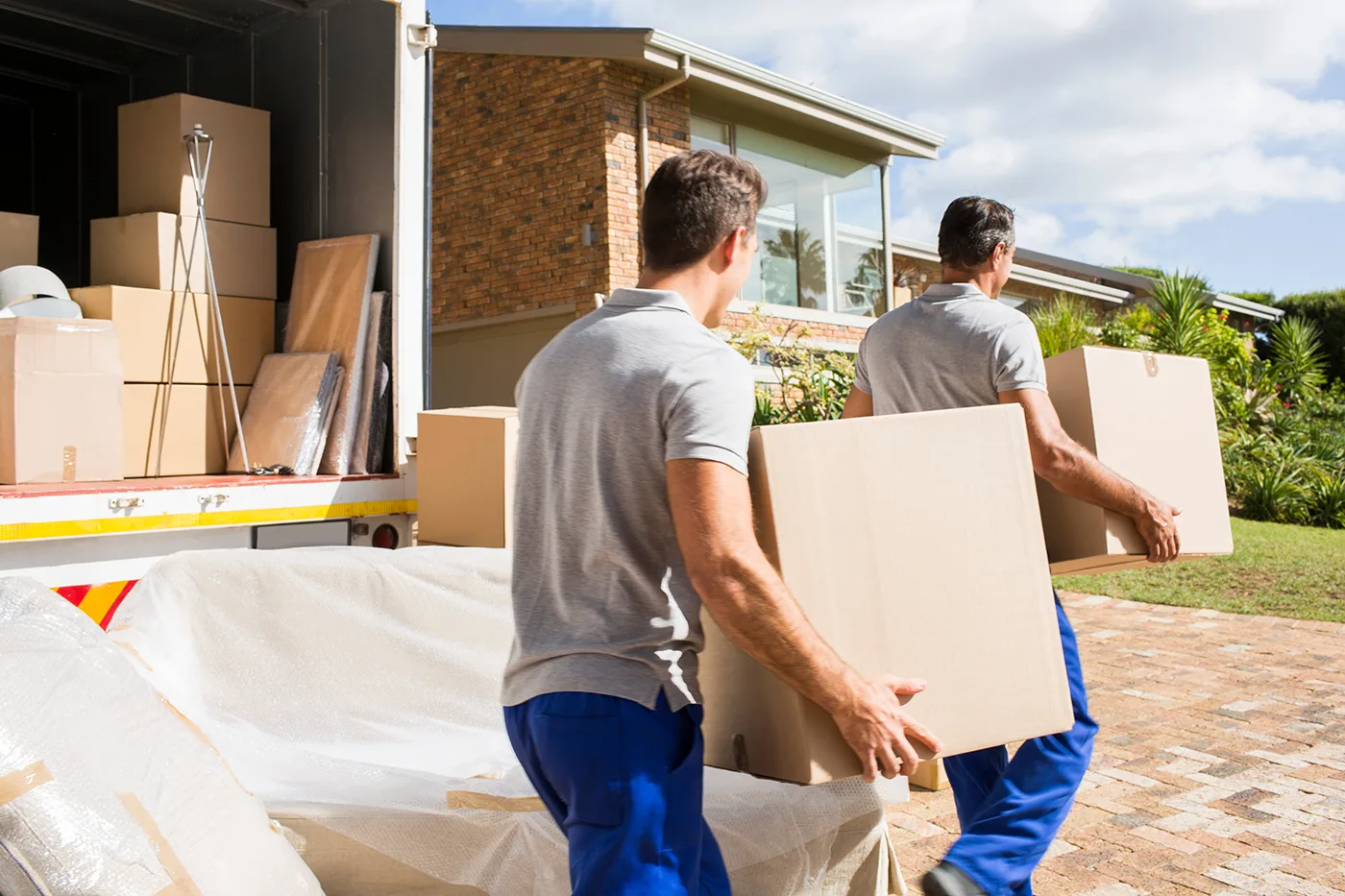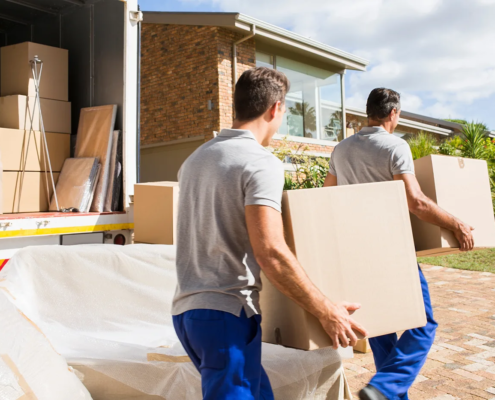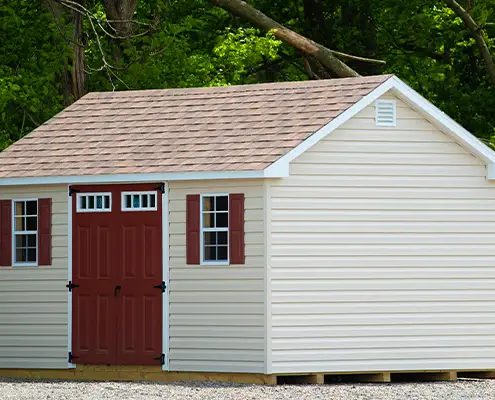Movers typically load large furniture items before boxes to create a stable foundation within the truck. Heavy and bulky pieces like sofas, dressers, and mattresses are secured first against the truck walls to prevent shifting during transit. This allows for smaller boxes to be efficiently stacked on top or nestled between furniture, optimizing space and protecting fragile items. However, certain boxes—especially those containing essentials or labeled as fragile—may be loaded later for easier access and safety. The loading order is influenced by factors such as item size, weight, fragility, and accessibility needs, and a well-planned strategy helps prevent damage, speeds up unloading, and ensures a smoother move overall.
When the moving day finally arrives you want everything to go as smoothly as possible. Watching movers work can leave you wondering about their strategy—do they load boxes or furniture first? It’s a simple question but the answer can make a big difference in how efficiently your belongings get from point A to point B.
Understanding the right order saves time and helps protect your items during transit. Whether you’re hiring professionals or planning a DIY move, knowing what goes onto the truck first can help you prepare and avoid last-minute stress. Let’s clear up the confusion so you can tackle your move with confidence.
Understanding the Moving Process

Efficient packing and loading rely on a logical sequence. Movers often survey your items before starting to decide the best placement order. Planning begins with grouping belongings by size, weight, and fragility. Large furniture pieces like sofas, dressers, and mattresses get loaded before boxes if the aim is to create a stable base along the truck walls. Smaller boxes come later to fill gaps and maximize space around furniture. Packers prioritize safety and space optimization, stacking heavier items first if conditions allow. Fragile items such as lamps, electronics, or mirrors usually go last to reduce movement risks during transit. Most moving teams use inventory lists and labeling systems to maintain organization at each step.
Using Self Storage to Simplify Your Move
Incorporating self storage into your moving strategy can streamline the entire process—especially if there’s a gap between moving out and moving in, or if you need to declutter your space before selling. Temporary storage solutions offer flexibility, allowing you to separate items by urgency or importance. For instance, seasonal decorations, furniture you don’t immediately need, or excess boxes can be stored securely until you’re ready to retrieve them.
Using a self storage unit helps reduce stress on moving day by freeing up space in the truck and giving you more control over what gets moved and when. It also allows movers to focus on essential items that need to go directly to your new home, speeding up unloading and setup.
To get the most out of this option, choose a storage facility with 24/7 access, strong security, and climate-controlled units if you’re storing delicate belongings.
Key Factors That Influence Loading Order
Several key variables affect how movers choose whether to load boxes or furniture first. Understanding these factors helps you coordinate packing and prevents item damage during transport.
Size and Weight of Items
Item size and weight heavily influence loading order in moving trucks. Large furniture pieces—examples include couches, dressers, and beds—often form the stable foundation at the rear of the truck due to their bulk and heft. Boxes vary in size and weight, so movers place heavier, sturdier boxes on the floor or bottom layers. Lightweight or fragile boxes—such as those labeled “kitchen” or “fragile”—rest on top or in secure spots to avoid crushing. Staged loading by weight and volume improves balance and minimizes shifting during transit.
Accessibility in the Moving Truck
Movers maximize truck space by loading items with accessibility in mind during the moving process. Frequently required belongings—like overnight bags and essential documents—are positioned last for quick removal. Large furniture is loaded against walls or secured at the far end, while smaller boxes and items fill remaining spaces to prevent gaps. Loading order sequencing, using inventory sheets or numbering systems, helps movers unload with increased speed and accuracy once the truck reaches your new location.
Do Movers Load Boxes or Furniture First?

Loading order impacts both safety and efficiency during a move. Most movers load furniture first, yet certain scenarios call for boxes to go in before or after specific items.
Advantages of Loading Furniture First
Creating a stable base secures your belongings if you place furniture first. Movers load heavy items like dressers, beds, and sofas against the truck walls or at the bottom to prevent shifting. Protecting fragile boxes becomes easier since they’re stacked on top or inside gaps left by bulky pieces. Optimizing space works well with this method when packing oddly shaped furniture before fitting boxes in leftover spaces. Stacking heavier and larger objects first supports balance and weight distribution.
Benefits of Loading Boxes First
Accessing essential items becomes simple when movers load select boxes last and close to the truck door. Protecting fragile items, like dishware boxes or electronics, receives priority if they’re loaded onto heavy-duty boxes only, reducing movement during transit. Organizing similar-sized boxes in advance enhances stacking efficiency, especially for uniform containers, which fill vertical space above furniture. Speeding up unloading happens when you place labeled or numbered boxes strategically near exits for quick inventory checks.
Tips for an Efficient Move

Efficient moves rely on organization, teamwork, and careful preparation. These strategies maximize speed, minimize risk, and streamline the process for both you and your movers.
Communicating With Your Moving Team
Clear communication with your moving team streamlines loading and unloading operations. Share details about fragile items, priority boxes, and furniture that needs special handling. Identify items needing immediate access at your destination, providing a list or verbal rundown at the start. Walk movers through your home to point out large furniture, high-value items, and unique challenges early. Clarify questions about loading order, timing, or inventory tracking, especially if using custom systems. Stay available onsite to answer questions and coordinate last-minute decisions between loading and departure.
Proper Packing and Labeling
Make time for proper packing and labeling to prepare your items for secure and efficient loading. Use sturdy, sealed boxes that stack well, protecting contents and optimizing truck space. Label each box with both contents and destination room, using clear handwriting or printed labels for accuracy. Mark boxes containing fragile or high-priority items with bright tape or “FRAGILE” notes visible on all sides. Inventory sheets or numbering systems further assist movers in tracking items and ensuring nothing is overlooked during the move or at arrival. Position boxes by size and destination near exits, grouping them for quick selection during the loading sequence.
Common Mistakes to Avoid During Loading

Overlooking Item Weight and Size
Ignoring the correct weight and size order leads to stacking lighter boxes beneath heavier ones, causing crushing and shifting during transit.
Packing Without an Inventory List
Skipping inventory sheets creates confusion during unloading and increases the chance of losing or misplacing boxes, especially if multiple people assist.
Failing to Secure Furniture
Leaving large items like sofas or dressers unsecured along truck walls results in shifting and damage; always use straps or padding.
Neglecting Box Labeling
Missing clear labels slows down the loading process, increases sorting time, and raises the risk of fragile items being mishandled.
Loading Fragile Boxes First
Placing delicate items underneath heavy furniture or other boxes increases breakage risk; always load fragile boxes last and on top.
Ignoring Access and Priority Needs
Storing essentials like bedding, toiletries, or important documents at the back of the truck complicates retrieval at your new location; instead, load these items last.
Overfilling or Underfilling Boxes
Overstuffed boxes burst under pressure, while underfilled boxes collapse easily, damaging contents; pack boxes to maintain their shape and reinforce seams with tape.
Skipping Pre-Loading Organization
Piling boxes and furniture haphazardly near exits or loading zones causes delays, disrupts loading sequence, and complicates space management inside the truck.
By steering clear of these mistakes during your move, you increase loading efficiency and reduce risks of property damage.
Conclusion

Choosing the right loading order sets the tone for a smooth moving experience. By understanding how movers approach the process and preparing your items accordingly you’ll make the day less stressful for everyone involved.
Focus on clear labeling and strategic organization to help movers protect your belongings and maximize truck space. With a bit of planning and communication you’ll be well on your way to a safe and efficient move.
If you’re ready to make moving day hassle-free, Move Honcho is here to help you find reliable, local movers who know exactly how to load, protect, and transport your belongings safely. Explore our moving guides, compare trusted movers, and take the guesswork out of your next move










